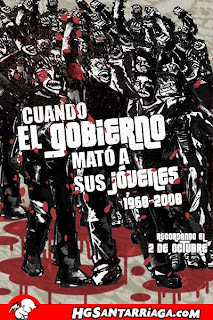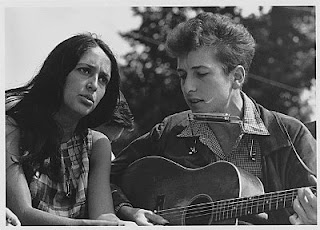
¿Ya oíste las noticias? ¿Quién, yo?
Hoy vi en la tele que el país no está tan mal
Con Jorge Campos ganaremos el mundial,
Yo no se a quien creen que engañan,
La calle no está en la pantalla
Mienten mucho, no les creo nada
Mienten mucho, no les creo nada
Hoy vi en la tele que el peso no se iba a devaluar
Dice la radio: "El desempleo va a terminar"
Y en la ciudad a donde mires encontrarás
Gente en la calle buscando como ganarse el pan
Mienten mucho, no les creo nada
Mienten mucho, no les creo nada
¿Que es lo que dicen?
Dicen las noticias:
Que no ha habido matanzas
Son suicidios por la espalda
Que no hay levantamiento
Es una guerra de internet
Mienten mucho, no les creo nada
Mienten mucho, no les creo nada
Hoy vi en la tele que la tira iba a aumentar
Y que el ejército tiene nuevo arsenal
Muchas redadas y retenes
La paz de los sepulcros quieren
Mienten mucho, no les creo nada
Mienten mucho, no les creo nada
Maldita Vecindad, "No Les Creo Nada" (1996)
(English Translation)
Did you hear the news? Who, me?
Today I saw on TV that the country is not doing too bad
“With Jorge Campos we’ll win the World cup”
I don’t know who they are fooling/
The street is not on the screen
They lie too much, I don’t believe them at all
Today I saw on TV that the peso was not going to devaluate/
The radio says: “Unemployment will end”
And in the city wherever you look you find
People on the streets finding ways to make ends meet
They lie too much, I don’t believe them at all
What do they say? The news says:
That there have been no slaughters/
They are suicides from the back
That there is no uprising/
It is an Internet war
They lie too much, I don’t believe them at all.
Today I saw on TV that police numbers are going to increase
And that the army has a new arsenal
Many raids and check-points/
The peace of tombs is what they want
They lie too much, I don’t believe them at all.
In 1996, the album Baile de Máscaras came out in a changing political climate where, Mexico’s ruling political party, Partido Revolucionario Institucional (PRI), and leftist guerrilla insurgency, Ejercito Zapatista de Liberación Nacional (EZLN) were shaking up Mexico’s political and social order. The people of Mexico no longer had full faith and reliance on the government and its media outlets. Furthermore, an increasing number of musicians challenged authorities as government corruption, injustices and oppressions became endemic – the song mentioned above. “No les creo nada” argues that media covers up massacres, manipulates the public with lies, and brings false hopes to Mexican citizens. In Mexican politics, the PRI ruled for 72 years, until its collapse in 2000, and own Televisa, the conglomerate and monopolistic official outlet of communication. During the 1990s, the rise of the internet was becoming a power medium for communication and Maldita Vecindad declares there is “an internet war.” This is so since politics, technology, and media were tightly intertwined, there was mainly a “one-way” communication of those in control to the citizens, causing an oppressive and unjust ruling resulting to war. While the lyrics of Maldita Vecindad call out the authorities and mainstream media, the song actually broadcasts official government news dubbed in the background, showing how the news contradicts itself with real life situations.

[Maldita's fifth album, Mostros, portraying those who own the media, or TV, are power driven deceiving monsters]
As several writers have theorized about music’s several characteristics, Murray Schafer, in his article “Open Ears,” quotes De Bary et al. (1960), which says, “The music of a well-ruled state is peaceful and joyous and its government is orderly; that of a country in confusion is full of resentment and anger and its government is disordered; and that of a dying country is mournful and pensive and its people are in distress” (2003: 29). So why pay attention music? Or for that matter, sounds and noise? Through the song example, the listener is able to comprehend that the social and political order of Mexico was disorderly, as the song expresses anger and resentment. Throughout the years, the role of technology and media has not only documented and preserved songs as narrations and reflections of societies, though new possibilities came about with such roles, and therefore shaped our listening strategies. So how has the role of technology and media shaped our listening strategies? We'll explore these in upcoming blogs...
 expected event of Christmas? Sorry mom, not this time. First of all, I'm broke, and don't want to tackle through "hungry for discounts shoppers" during last minute shopping. I'd rather be doing something different, something out of the ordinary; maybe like biking around town, or watching surfers on Christmas day!
expected event of Christmas? Sorry mom, not this time. First of all, I'm broke, and don't want to tackle through "hungry for discounts shoppers" during last minute shopping. I'd rather be doing something different, something out of the ordinary; maybe like biking around town, or watching surfers on Christmas day!







